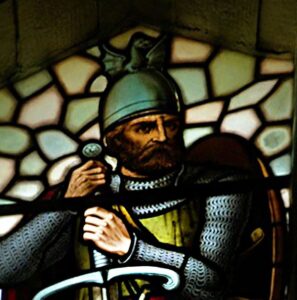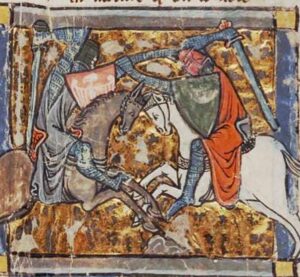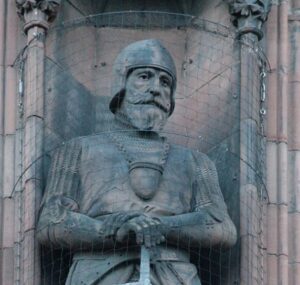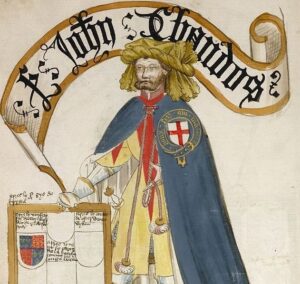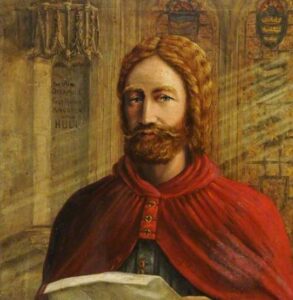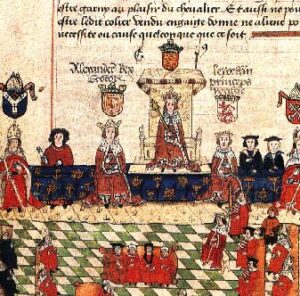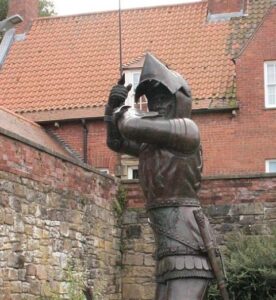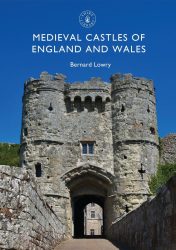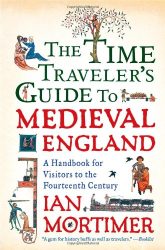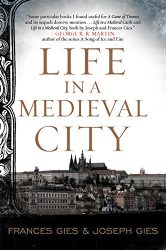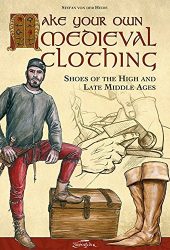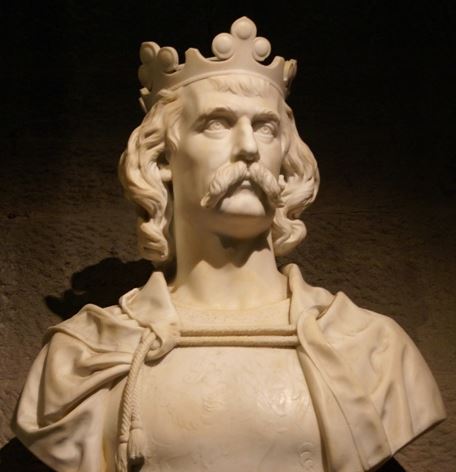
Robert the Bruce, known as Robert I, stands as a towering figure in Scotland’s medieval history, his legacy etched into the annals of time. Born into the noble Bruce family on July 11, 1274, he inherited a lineage steeped in royal connections, fueling his aspirations for Scotland’s sovereignty.
Who Was Robert the Bruce?
In the crucible of the Wars of Scottish Independence, Robert emerged as a pivotal figure. Initially aligned with King Edward I of England, he later pivoted to lead Scotland’s resistance against English domination. His bold move to claim the Scottish throne in 1306, marked by the dramatic slaying of his rival, John Comyn, set the stage for a tumultuous reign.
Robert’s military prowess became legendary. He orchestrated daring campaigns against English forces, his strategic acumen coming to fruition in the historic Battle of Bannockburn in 1314. There, against overwhelming odds, the Scottish army triumphed, securing a decisive victory against King Edward II’s forces.
Beyond the battlefield, Robert forged crucial alliances with European powers, cementing support for Scotland’s cause. His death in 1329 did not diminish his legacy; instead, it became the foundation upon which Scotland’s independence was built. Through his unwavering determination and strategic brilliance, Robert the Bruce remains an indelible symbol of Scotland’s quest for freedom.
More Medieval Knights
Medieval knights were central figures in the feudal societies of Europe during the Middle Ages, typically belonging to the nobility and trained in the art of warfare from a young age. Clad in armor and mounted on horseback, knights epitomized the ideals of chivalry, honor, and bravery.


